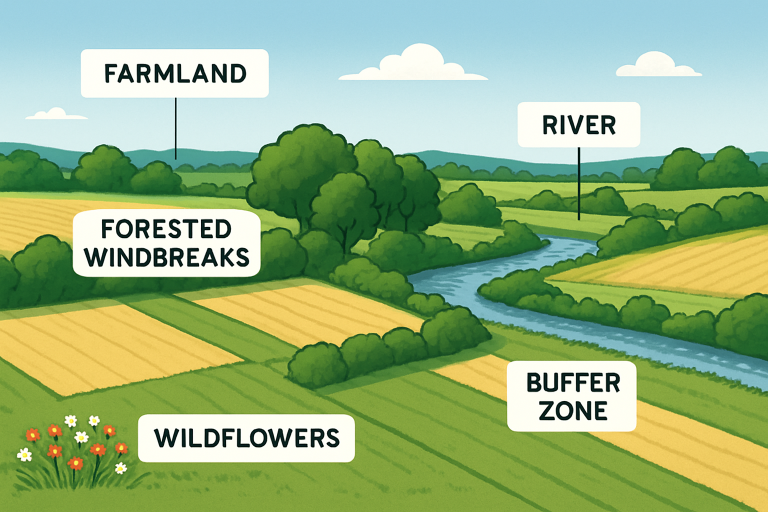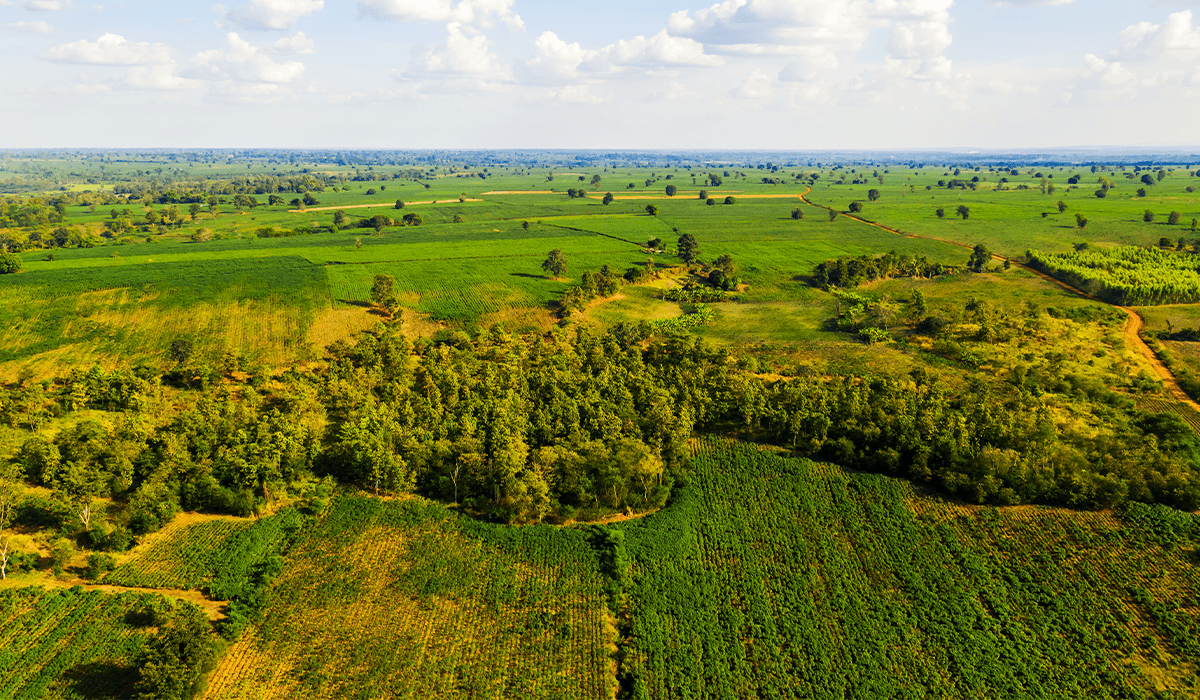Table of Contents
- Understanding Sustainable Land Management
- Implementing Regenerative Agriculture
- Leveraging Technology for Land Monitoring
- Exploring Renewable Energy Opportunities
- Engaging in Conservation Programs
- Fostering Community Collaboration
- Planning for Long-Term Stewardship
In today’s rapidly evolving environmental landscape, the way we approach landownership carries a lasting impact. By making informed, future-focused choices, landowners can promote ecological value, enhance their investment, and help ensure that their property remains productive for generations to come. Whether you have just acquired property or have managed land for years, adopting intentional, sustainable strategies is crucial. This is especially true for those working with groups like the Iowa Land Company, which recognizes the immense opportunity and responsibility involved in land ownership.
As modern landowners navigate a world challenged by climate change, shrinking natural habitats, and increased demand for natural resources, it’s vital to implement land management practices that leave the soil, water, and wildlife better than you found them. Embracing sustainable solutions not only fulfills a moral imperative but also protects your land’s value, productivity, and legacy.
Sustainable management yields tangible benefits—from healthy soil and robust yields to long-term financial savings and diversified revenue streams. Responsible land stewardship reduces dependency on external inputs and fosters natural resilience, benefiting both people and the planet. With the right approach, each acre can work harder for today while ensuring its vibrancy for tomorrow.
Understanding Sustainable Land Management
Sustainable land management means using methods that meet today’s needs without jeopardizing tomorrow’s resources. Key components include soil health, water conservation, biodiversity, and thoughtful land use. The United Nations Food and Agriculture Organization highlights that sustainable practices maintain productivity, preserve landscapes, and minimize environmental impact.
At the ground level, this can look like contour farming, riparian buffer zones, and forested windbreaks. Each measure, regardless of the acreage, helps preserve the natural balance while supporting productive use for crops, grazing, timber, or recreation.

Implementing Regenerative Agriculture
Regenerative agriculture goes a step beyond sustainability, seeking to restore and enhance natural systems. Practices such as cover cropping, crop rotation, reduced tillage, and managed grazing help rebuild soil organic matter, sequester carbon, and enhance natural fertility. These regenerative techniques are shown to improve the soil’s water-holding capacity, reduce erosion, and create thriving habitats for pollinators and beneficial insects.
Research from the Rodale Institute shows that regenerative practices are among the most effective in mitigating climate risks, enhancing both yield and resilience through improved soil structure and ecosystem health.
Leveraging Technology for Land Monitoring
Technological advances have revolutionized how landowners monitor and manage their property. Drones can provide high-resolution aerial imagery to assess vegetation health, pest infestations, or water flow issues. Geographic Information Systems (GIS) enable the precise mapping of land boundaries, soil types, and landscape features, supporting targeted interventions for pest control, irrigation, and planting.
Remote sensing, soil sensors, and satellite imagery are increasingly affordable, empowering even small-scale landowners with real-time insights. These tools help reduce waste, optimize input usage, and inform critical decisions—leading to healthier land and greater efficiency.
Exploring Renewable Energy Opportunities
Landownership presents unique opportunities for renewable energy integration. Solar farms, wind turbines, and battery storage installations can turn marginal or underutilized areas into income-generating assets. Besides financial benefits, these projects reduce reliance on fossil fuels and lower a property’s carbon footprint.
Many renewable ventures blend unobtrusively with natural landscapes and require minimal land disturbance, thereby maintaining agricultural production or habitats around installations. For landowners in regions with reliable wind or solar resources, partnerships with energy developers can provide steady, long-term revenue while contributing to a clean energy transition.
Engaging in Conservation Programs
Various government agencies and nonprofit organizations offer programs that support conservation on private lands. These often provide technical assistance, financial incentives, and educational resources to support actions such as wetland restoration, pollinator plantings, and wildlife habitat management.
For example, the Partners for Fish and Wildlife Program is a voluntary partnership program administered by the U.S. Fish and Wildlife Service that provides financial and technical assistance to private landowners who wish to protect or restore wetlands, uplands, and riparian and instream habitats.
Fostering Community Collaboration
Great stewardship rarely happens in isolation. Groups of neighbors, local conservation districts, and educational initiatives, such as “Living on the Land,” foster shared learning and collective action. Collaboration can enhance watershed health, facilitate the coordination of wildlife corridors, and promote local support for sustainable practices. Community-based conservation efforts create a network of resilience, amplifying the benefits for all involved and enhancing social ties.
Planning for Long-Term Stewardship
Intentional long-term planning cements a legacy of sustainable ownership. This involves setting clear conservation goals, documenting management plans, and considering tools such as conservation easements that protect land from harmful development. Legacy planning also involves succession strategies to ensure future generations can continue your work, guided by trusted organizations such as The Nature Conservancy, which provides education and assistance to landowners committed to protecting family lands.
By developing a stewardship roadmap, landowners pave the way for continued prosperity—balancing economic needs, ecological health, and family values for years to come.
Modern landowners who embrace these sustainable land management strategies become powerful stewards of the environment and their own prosperity. With the right knowledge, partnerships, and planning, today’s decisions can secure a brighter, healthier future for the land and everyone who depends on it.

